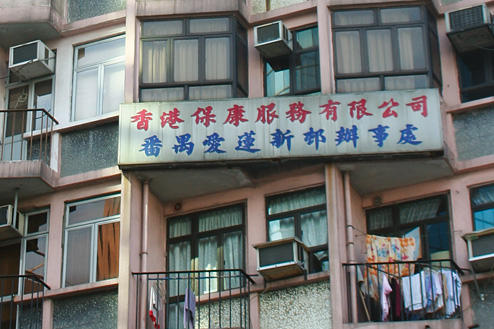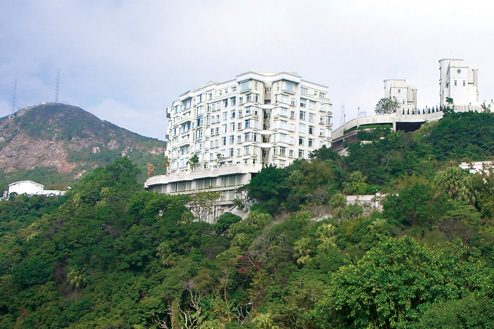The Lease
A rental lease is usually for two years, with a break clause after one year with two or three months’ notice. Common terms in a lease may include tenant’s responsibility for repairs, a ban on sub-letting and indemnity insurance. The lease is always in English and both you and the landlord will receive a signed copy. There is a standard government lease but some landlords may add in their own stipulations – always, always, always read before signing. Check for binding clauses or any liability such as structural repairs. If something seems off, have a chat with your agent, and don’t be afraid to go straight for the jugular and consult a lawyer if necessary.
If the company is signing the lease, Human Resources will take care of it. Even so, ask to see it and stay in the loop.
If you’re the one signing, you’ll need a copy of your identity card and your company’s letter of employment. Once signed by both parties, it will be filed by the government and a government stamp duty of 0.5% of the annual rent must be paid. This is shared between the landlord and tenant.
To renew the lease, the landlord will send you a notice enquiring about your intentions. Often the same lease continues but the rent will change depending on the property market. It’s a good idea for you to check about rent increases three months before your lease expires in case you’ll have to move out. That should give you enough time to find a new home.
If the company is signing the lease, Human Resources will take care of it. Even so, ask to see it and stay in the loop.
If you’re the one signing, you’ll need a copy of your identity card and your company’s letter of employment. Once signed by both parties, it will be filed by the government and a government stamp duty of 0.5% of the annual rent must be paid. This is shared between the landlord and tenant.
To renew the lease, the landlord will send you a notice enquiring about your intentions. Often the same lease continues but the rent will change depending on the property market. It’s a good idea for you to check about rent increases three months before your lease expires in case you’ll have to move out. That should give you enough time to find a new home.













